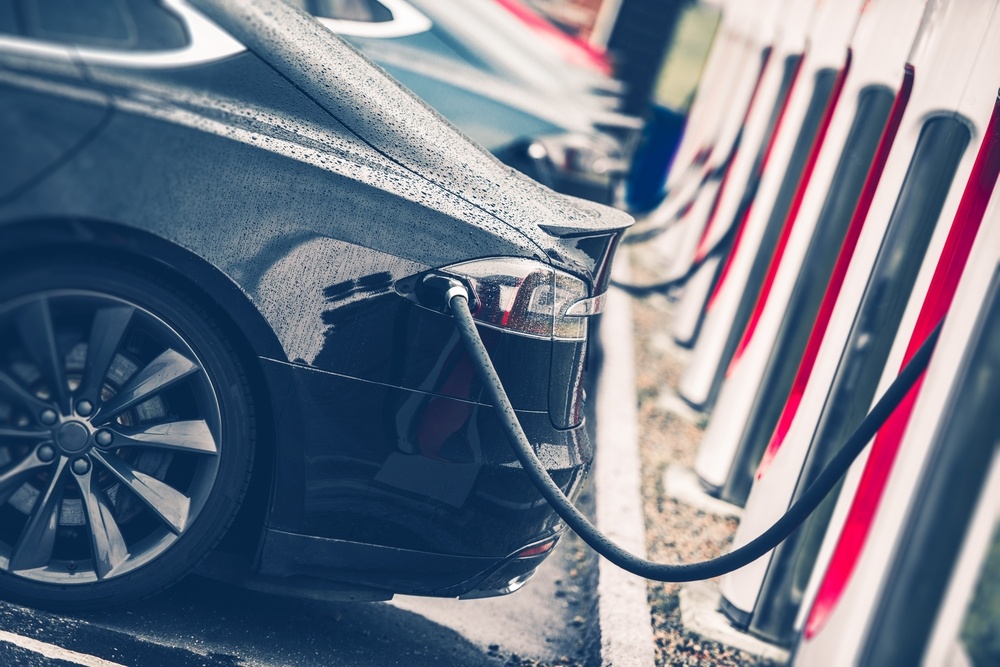Key Takeaways
• Fisker bankruptcy left Ocean SUV owners without software updates and support
• Owners formed Fisker Owners Association to pool money, parts and know-how
• The group offers repair guides, shared tools and bulk buying power
• This story shows EV buyers need stronger service guarantees and rules
• Lawmakers may soon require makers to back up EV service for years
Fisker Owners Association Steps In
When Fisker Inc. declared bankruptcy in 2024, Ocean SUV owners saw their cars go quiet. They lost software updates, key features and remote fixes. As a result, many vehicles risked obsolescence. In response, a group of owners set up the Fisker Owners Association. This nonprofit aims to keep their EVs alive.
The Fisker Owners Association sprang up quickly. First, members shared stories in online forums. Then they agreed to pool cash for spare parts. They also traded repair tips. Soon, the group built a small warehouse of components. This stock lets members order batteries, screens and control modules at lower costs. In addition, they created simple repair manuals.
Furthermore, the Fisker Owners Association hired independent tech experts. These pros reverse-engineer software patches and offer safe workarounds. Meanwhile, members teach each other how to flash firmware. As a result, Ocean SUVs can get updates again. Most importantly, owners feel empowered. They no longer wait for a company that has cut them loose.
Why This Matters for EV Owners
Many EV makers promise long-term updates and support. Yet bankruptcy can wipe away those promises. Consequently, a driver could own an expensive car that turns into a brick. Moreover, cutting off software may shut down heating, battery management or charging. This risk undermines trust in all electric vehicles.
Therefore, feedback from the Fisker Owners Association now reaches regulators. They note how quickly a stranded owner base can form. In turn, lawmakers may require car companies to set aside escrow funds for service. That fund would offer backup in case of a collapse. In addition, rules could mandate shared repair data. Thus, independent shops can fix EVs without a factory’s go-ahead.
Fisker Owners Association Resource Pool
To make repairs faster, the Fisker Owners Association set up a resource pool. Each member pays a small annual fee. Then they gain access to the parts library. The library stocks high-wear items like brake pads and air filters. It also holds rare modules like infotainment screens and battery management units.
Moreover, the group negotiates bulk deals. It buys items directly from third-party suppliers at discount rates. Next, members book parts online through a simple portal. They pick up items from regional hubs or get them shipped. Meanwhile, an online forum helps answer tech questions in real time.
In addition, the Fisker Owners Association runs workshops. In these sessions, local volunteers teach basic EV maintenance. They show how to swap a screen, update software or replace a sensor. As a result, many owners learn to handle small fixes on their own. This cuts downtime and saves money.
Lessons for the EV Industry
First, manufacturers must plan for worst-case scenarios. They need clear plans for support even after bankruptcy. Second, shared access to repair information should become standard. Open data lets qualified shops serve stranded owners. Third, strong consumer laws would ensure fair treatment for buyers. Laws might force automakers to hold funds for service. Finally, an industry-wide parts network could reduce waste and carbon footprints.
Meanwhile, other EV brands watch this story closely. They know any collapse could trap their customers too. Thus, more makers might join shared repair coalitions. Some could even insure service obligations for a fee. If so, future EV buyers would gain extra security.
Calls for Better Consumer Protections
EV owners need more than a battery warranty. They need legal guarantees for software and charging support. Moreover, these rules should last at least eight years. That matches most battery warranties today. In addition, regulators could require open repair data standards. This move would follow trends in electronic devices and tractors.
Furthermore, carmakers might face fines if they cut off support. Such penalties would fund owner assistance groups. Also, a national EV registry could track service obligations. That way, any sale or transfer of a used EV would show its support status. Buyers would know if an owner group or the maker covers updates.
What’s Next for Fisker Ocean Owners
For now, Ocean SUV drivers carry on with help from fellow owners. They update batteries, fix screens and share software patches. They meet online each week to solve new glitches. They also plan local meetups to swap parts. As a result, many cars stay on the road without the maker’s help.
Meanwhile, consumers and lawmakers watch the Fisker Owners Association model. Its nonprofit success shows that owners can protect their investments. Above all, this story warns everyone: rely on a plan B when buying an EV.
Frequently Asked Questions
What is the Fisker Owners Association?
It is a nonprofit group formed by Fisker Ocean SUV owners. Members share parts, repair guides and software fixes.
How can I join the Fisker Owners Association?
Interested owners can sign up online. They pay a small fee for access to the parts library and repair forum.
What risks do EV owners face after a manufacturer’s bankruptcy?
Owners may lose software updates, remote fixes, and access to service. Their cars can lose key functions or stop working.
What protections do EV buyers need?
Buyers need legal guarantees for long-term software and parts support. They also need open repair data and escrow funds for service.

